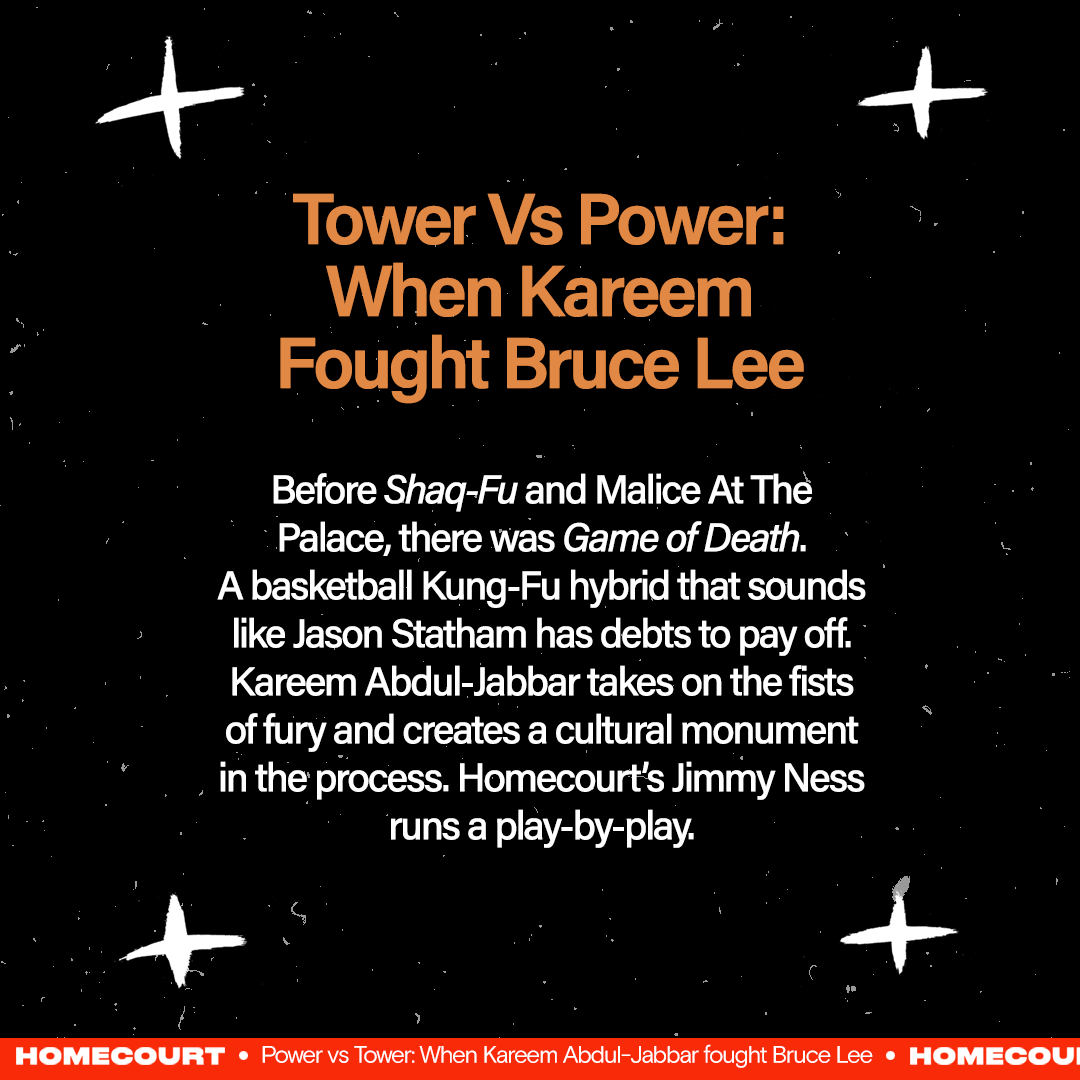I had a blast writing this and I love the way it’s laid out. I’m also glad I tracked down one of the key players behind NBA Championship jewellery. Jason, as you can tell by his “of Beverly Hills” alias, is such a character. Who else would have two children also named Jason? This guy.
“Jewellery is a form of communication. It says how we feel about ourselves, who we remember and what we believe. A necklace might convey wealth, religion, marital status or pure, unfettered, fresh to death, wipe me down, swag.
No matter what the jewels proclaim, Jason of Beverly Hills loves the conversation. Drake and ASAP Rocky’s favourite iceman, he adorns A-listers, royalty and the mega-rich. Jason’s lockbox includes diamond-encrusted loafers, a $400k iPhone case and the priciest toy car ever made. Basketball, however, is the soul of the operation.
Around half of all active NBA players wear Jason’s product. His reputation for educating rather than fleecing stars means he’s often introduced right after they’re drafted. LeBron, Kevin Durant and Draymond Green all met the jeweller before their first games.
Financial wisdom aside, players also depend on JBH’s discretion. He’ll produce a disco-ball chain for a draft pick, help surprise their childhood friend or privately commemorate their loved one. JBH will polish the wedding ring – he’ll also appease the side-chick who didn’t get invited.
Jason’s so ingrained in the NBA; he’s learned to interpret the signs of a long career as well an upcoming blowout. Jewellery purchases say more than you’d think.
When a player examines what they’re buying, to learn what separates the VVS from the cubic zirconia – that attention to detail often translates into their wider career. A rookie who’s savvy with diamonds will likely read a sponsorship deal closely or think twice about leasing that third Mercedes.













